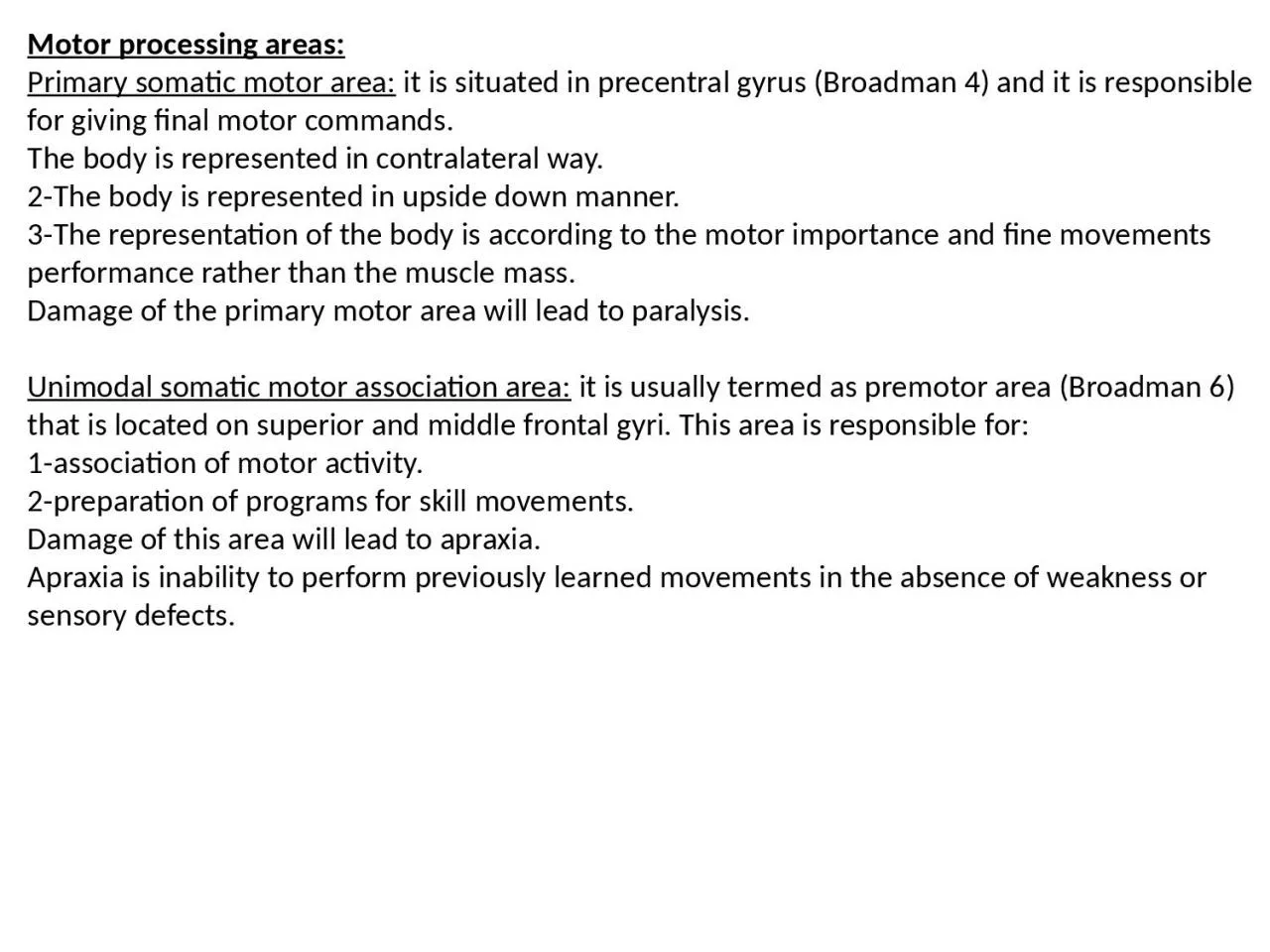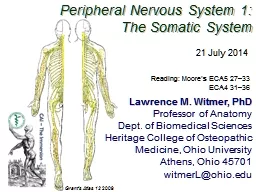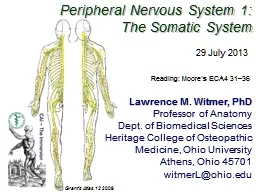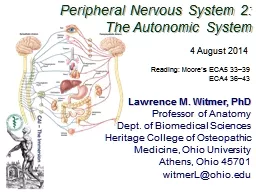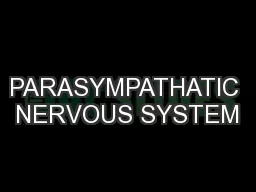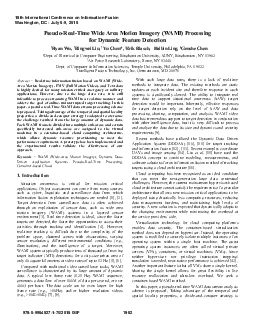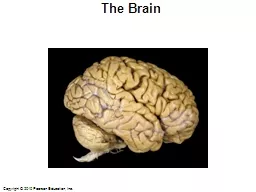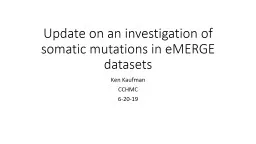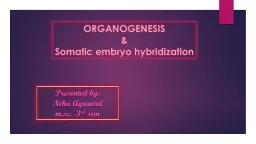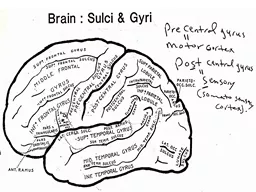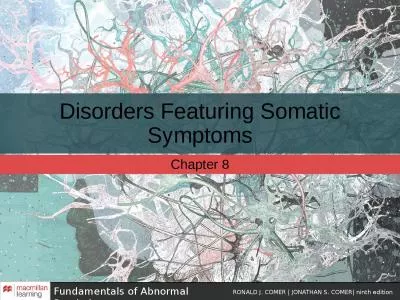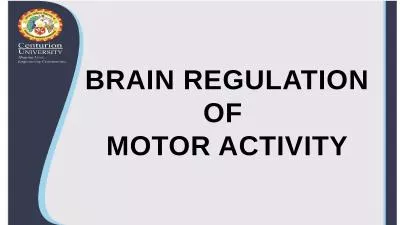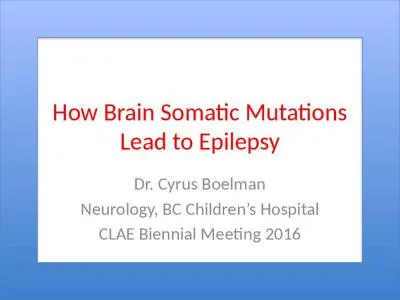PPT-Motor processing areas: Primary somatic motor area:
Author : badra | Published Date : 2023-10-29
it is situated in precentral gyrus Broadman 4 and it is responsible for giving final motor commands The body is represented in contralateral way 2The body is represented
Presentation Embed Code
Download Presentation
Download Presentation The PPT/PDF document "Motor processing areas: Primary somatic ..." is the property of its rightful owner. Permission is granted to download and print the materials on this website for personal, non-commercial use only, and to display it on your personal computer provided you do not modify the materials and that you retain all copyright notices contained in the materials. By downloading content from our website, you accept the terms of this agreement.
Motor processing areas: Primary somatic motor area:: Transcript
Download Rules Of Document
"Motor processing areas: Primary somatic motor area:"The content belongs to its owner. You may download and print it for personal use, without modification, and keep all copyright notices. By downloading, you agree to these terms.
Related Documents

